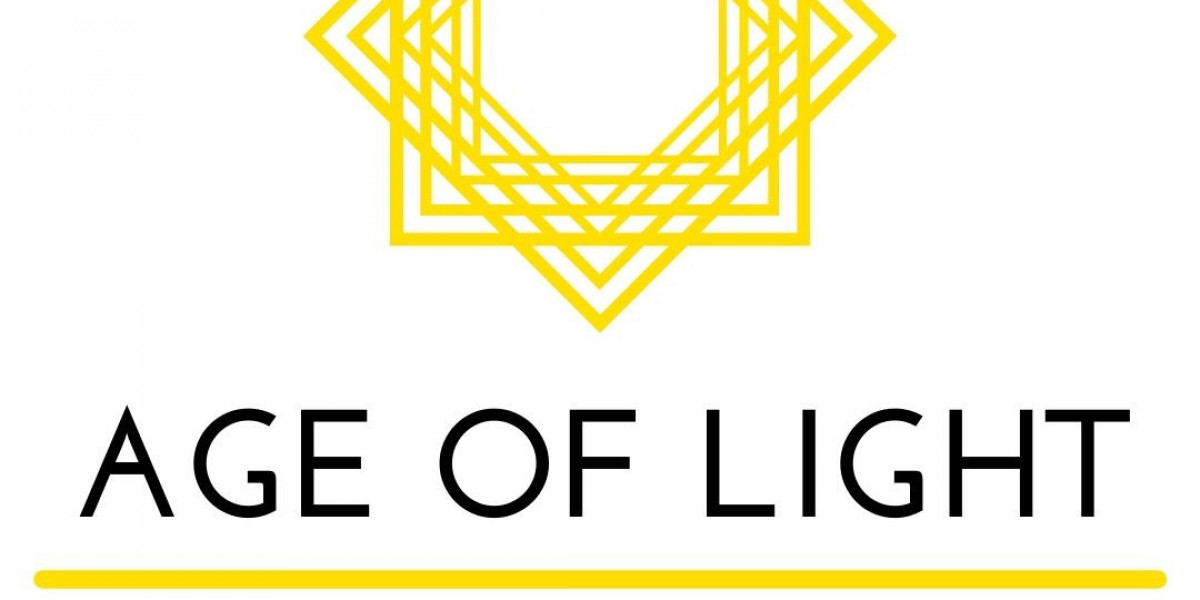Some people move through life in rhythm with the world around them. Others feel slightly off-beat—like the music is playing just a little too fast or in a different key. For many children, this sense of being “the out of sync child” is more than a passing phase. It’s a lived experience that can affect learning, relationships, and confidence.
In professional settings, leaders sometimes encounter similar patterns in their teams—especially in remote work, where the absence of physical cues can amplify differences in communication styles, sensory preferences, or pacing.
The book The Out-of-Sync Child by Carol Kranowitz popularized the term in relation to sensory processing challenges in children. While it’s primarily about childhood development, the underlying ideas offer lessons for workplace leaders: understanding, adapting, and creating space for different ways of engaging.
Understanding What “Out-of-Sync” Means
Being out-of-sync isn’t about capability. It’s about fit—the way an individual’s natural rhythms, processing speed, and sensory preferences align (or don’t) with the environment.
In children, this might mean avoiding loud cafeterias or struggling with handwriting. In remote teams, it might mean a brilliant developer who struggles in fast-paced video calls but excels in asynchronous problem-solving.
| Scenario | How it Appears in Children | How it Appears in Remote Teams |
|---|---|---|
| Sensory overload | Child avoids crowded spaces | Employee mutes video in group calls |
| Processing delay | Needs more time to respond to questions | Prefers email over live brainstorming |
| Coordination differences | Struggles with sports or handwriting | Needs more time to adapt to new tools |
Why Leaders Should Care
When someone feels out-of-sync, they’re more likely to disengage—not because they don’t care, but because the pace or style of interaction drains them. In a physical office, colleagues might pick up on these signals naturally. Online, they’re easy to miss.
A remote team leader who understands this can turn potential friction into a strength. Instead of pushing everyone toward one “right” way of working, they can design processes that flex around individuals.
Real-World Example:
Shelley James, a workplace culture consultant, once worked with a tech startup whose design lead was consistently late to video stand-ups. Instead of labeling it as poor time management, she dug deeper. The real reason? The stand-ups were scheduled right after the designer’s school drop-off, leaving no mental buffer to switch from “parent mode” to “work mode.”
By shifting the call 20 minutes later and allowing that designer to share updates via a shared document when needed, the team saw not only better attendance but more thoughtful contributions.
You can read more about her approach here: Shelley James.
Practical Tips for Supporting “Out-of-Sync” Team Members
Create Multiple Communication Paths
Some thrive in live calls; others do their best thinking in writing. Offering both respects different processing styles.Check for Hidden Friction
What looks like missed deadlines might actually be tool fatigue or unclear instructions. Ask—not assume.Build Sensory Breaks Into Meetings
Just like children benefit from recess, adults in remote meetings benefit from short pauses or visual breaks.Set Clear, Predictable Rhythms
Predictability lowers stress. Publish schedules in advance and stick to them.Normalize Asynchronous Work
Not every decision needs to be made in real time. Let people contribute on their own timelines when possible.
Bridging the Gap Between Childhood Lessons and Remote Work
Parents, teachers, and occupational therapists working with out-of-sync children learn that success comes from adapting the environment—not forcing the child to adapt instantly. Leaders in remote teams can do the same:
Offer written recaps after meetings for those who process better in text.
Break large projects into smaller, clearly defined parts.
Recognize that sensory needs (quiet space, movement breaks, camera-off moments) aren’t signs of disengagement—they’re strategies for better focus.
A Broader Perspective
It’s tempting to see “out-of-sync” as a weakness. In reality, people who process the world differently often notice things others miss—patterns, risks, or creative angles. The challenge is not to “fix” them, but to create a rhythm the whole team can dance to.
For further reading on sensory differences, the STAR Institute offers accessible, research-based resources: STAR Institute.
Closing Thought
Whether guiding a child through a noisy school day or leading a remote team across time zones, the goal is the same: recognize the rhythms, respect the differences, and find the beat you can share. As Shelley James often reminds her clients, “Culture isn’t about making everyone the same—it’s about making space for everyone to thrive.”













